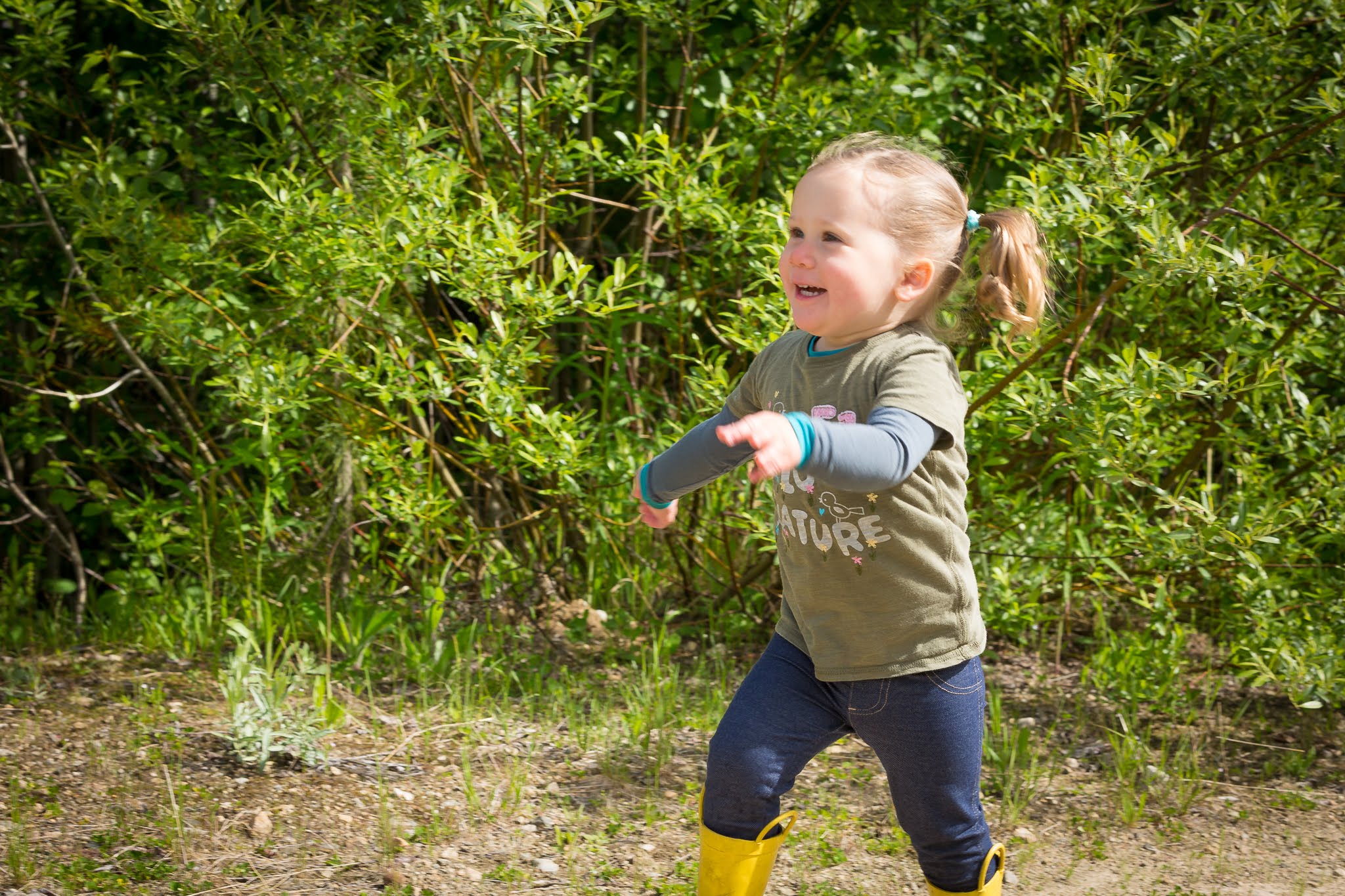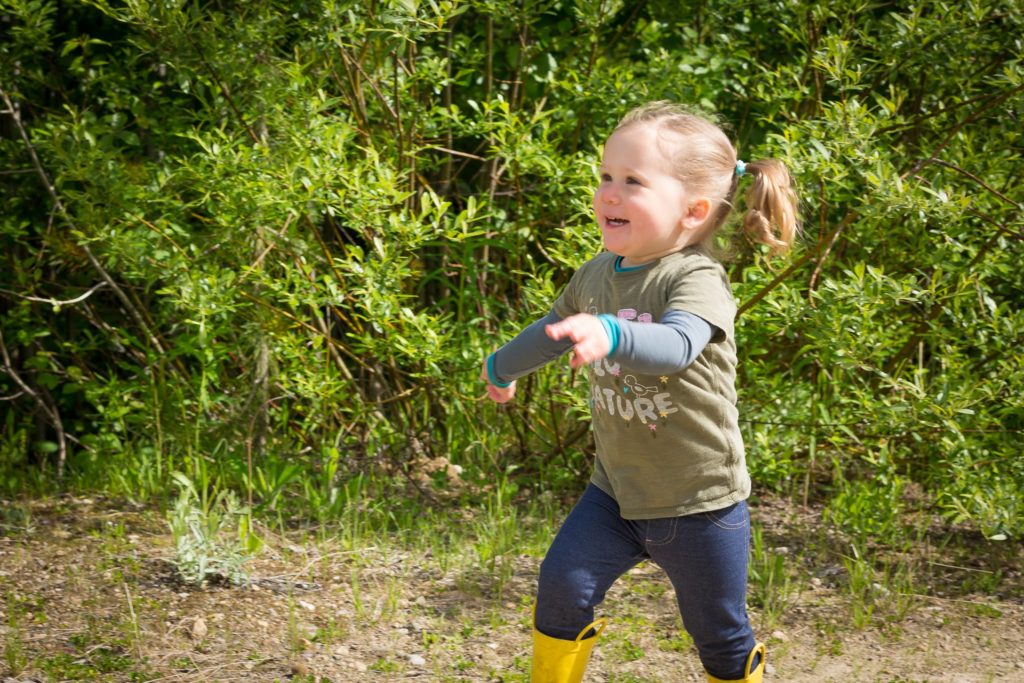Vision Therapy, Sensory Support, & Concussion Rehab
Dr Anna Marie and I crashed an in-service that my husband (Ben Stevens) organized for Valeo Health Clinic and Aspire Health & Performance. We couldn’t help ourselves. We were too excited about the opportunity to learn more about vision therapy, concussion rehab, and how to better support our patients through sensory awareness. Plus I knew the presenter and this guy knows his stuff.
The presenter was Dr Paul Rollett. Dr Rollett is an optometrist whose practice focuses entirely on vision therapy. Rather than testing visual acuity and prescribing glasses, he assesses visual perception and processing. The bulk of his time in practice is spent evaluating developmental vision disorders in children and teaching their brains how to interpret visual information more effectively so that they can learn (and live) better. The rest of his clinical time is rehabilitating acquired brain injuries (like concussions) and enhancing athletic performance. Sounds fun, eh?
Dr Rollett was first brought to my awareness a few months ago by a functional neurology colleague from the states who was shadowing me while visiting and mentioned that we had a function vision expert in town. Promptly the following week, I had a patient’s mom bring up that they were seeing him for concussion support and how impressed they were. I had to meet him myself! For those of you who know me, you know how much I love to geek out on anything related to sensory processing and thriving childhood development. Given the impact that visual functioning has on learning and on our experience of the world around us, this is my jam. I also work with children (and a few adults) who suffer from chronic post-concussive syndromes, so anything I can learn to improve their care is a win.
I took a lot of notes and there was a ton of useful information during the presentation, so I would like to share with you some of the more salient takeaways. It’s a bit scattered, but these are the points I felt would be most applicable for most everyone.
Start with the Central Nervous System
Those were not his exact words, but it was so “chiropracticy” I couldn’t help myself. What you actually need to start with is facilitating parasympathetic-related vision functions. You need to use your periphery!
The first phase of visual rehab involves something called central-peripheral integration. You must to connect your “what is it” function to your “where is it” function in your brain. In practice, it is very “yoga”. Take a few deep, slow breaths. Stare at one fixed point and then expand. Expand your perception while your focus stays in one place. Can you describe items in the periphery without shifting your gaze to look directly at them? This is a great exercise to help shift your CNS to expansive, thrive mode and start training your visual system to integrate information from your surroundings more thoroughly.
Work You Weakness
If you teach your body to compensate using only your “strong points”, you will never reach full recovery. As I am learning right now in a book I am reading on Functional Disconnection Syndrome (where the right and left hemispheres of the brain are not connecting and communicating at the same rate), you need to strengthen the weak areas in the brain rather than further the adapted compensation pattern.
Dr Rollett reiterated this. In vision training, it can be as straightforward as covering one eye and working on one at a time.
Get Outside
Oh, the ode to the outdoors! If we could prioritize more time outside, we would benefit so immensely. From a visual perspective, being out-of-doors helps avoid artificial lighting and screens, forces us to shift from close-up focus to practice our long-distance seeing, encourages us to use our peripheral awareness, and stimulates receptors in our skin and in our eyes that give our pineal gland information for better sleep/wake hormone regulation. It is like rehab, fun, and healthcare all in one!
You need your whole body to see
Posture, vestibular function, neck positioning (especially upper cervical), and activities of daily living all impact visual processing and rehab. Hand-held screens and reading books does not just impact the length of our visual focus, it also affects our posture. If you are hunched forward, you are not in an optimal position for visual or nervous system (or pretty much any kind of) functioning. The cranial nerves that control the muscles of the eyes exit at the base of the skull. If your head is not sitting on your spine correctly (and dynamically), this will impact how well you respond to rehab.
This is a reminder that we need to treat whole-people. Even when focusing on an isolated problem like concussion and reading difficulty, we must address EVERYTHING. Sleep, stress, nutrition (especially considering inflammatory load with concussion), posture, other sensory systems and their integration together, sports and daily activity, frequent postures and hobbies. Concussion rehab, as with wellness care, often requires a team of people who are really good at what they do individually coming together to created a whole that is greater than the sum of its parts.
I think this is a beautiful connection for collaborative care. Dr Rollett usually does not work with someone for concussion rehab until 3 months to 3 years after their injury, but that does not mean that that person is not being cared for! It takes a village.
Visual First Aid: Immediate Post-Injury Support for Optimal Healing
- Limit artificial light sources. No screens or TVs for a few days. Can also mean avoiding fluorescent lighting.
- Limit major convergence and accommodation demands (as in computer and school work).
- Wear sunglasses with a grey polarized lens. Avoid yellow and oranges lenses.
- You need to use your eyes to get better. Start gradually with peripheral awareness and going through a full range of motion for your eyes. (Google cardinal positions of gaze.)
As per to recent concussion guidelines, this is meant to be first aid for the ACUTE phase. You need to start integrating back into your life sooner than we previously thought. Read this blog on concussions for a review.



